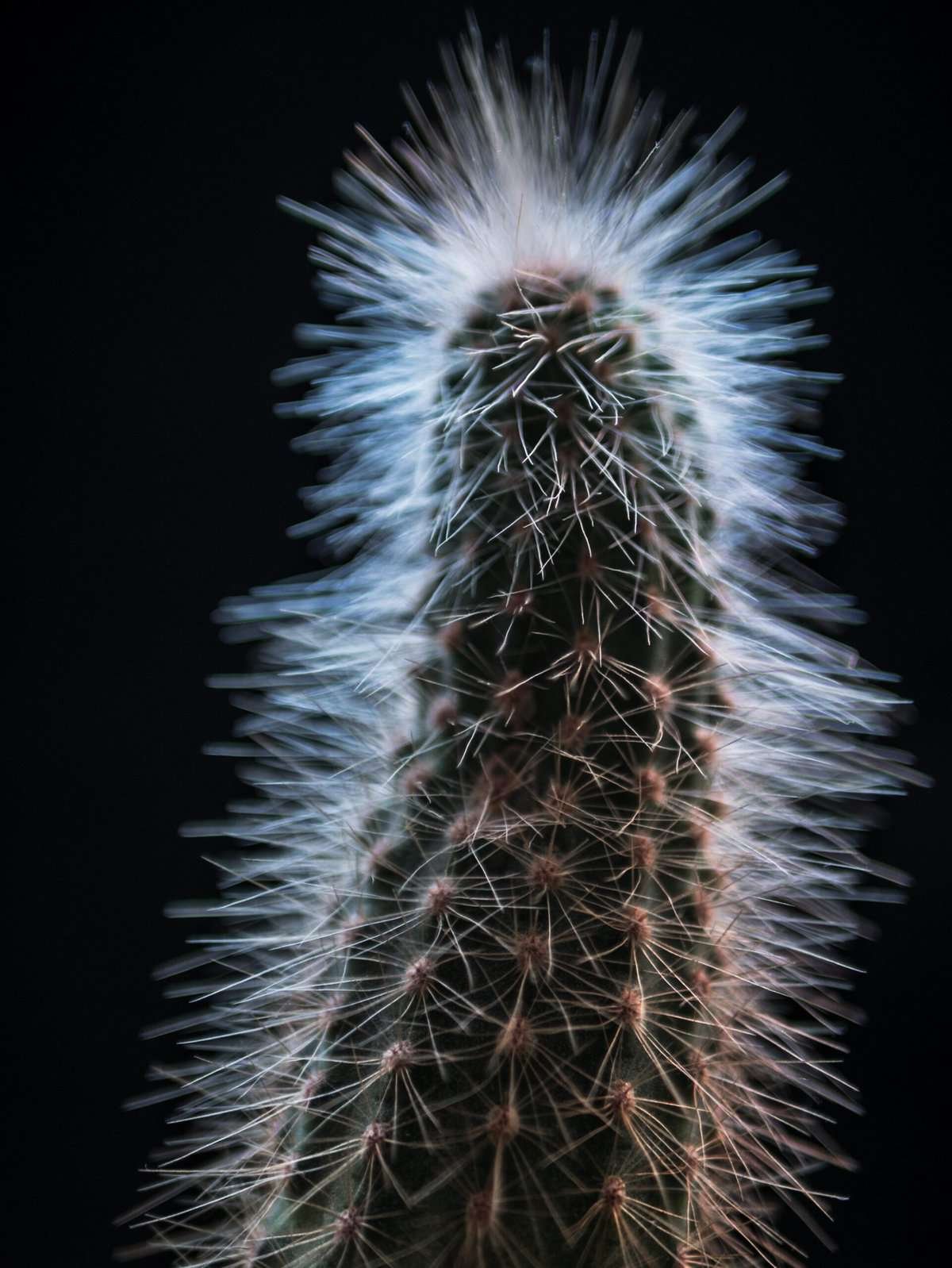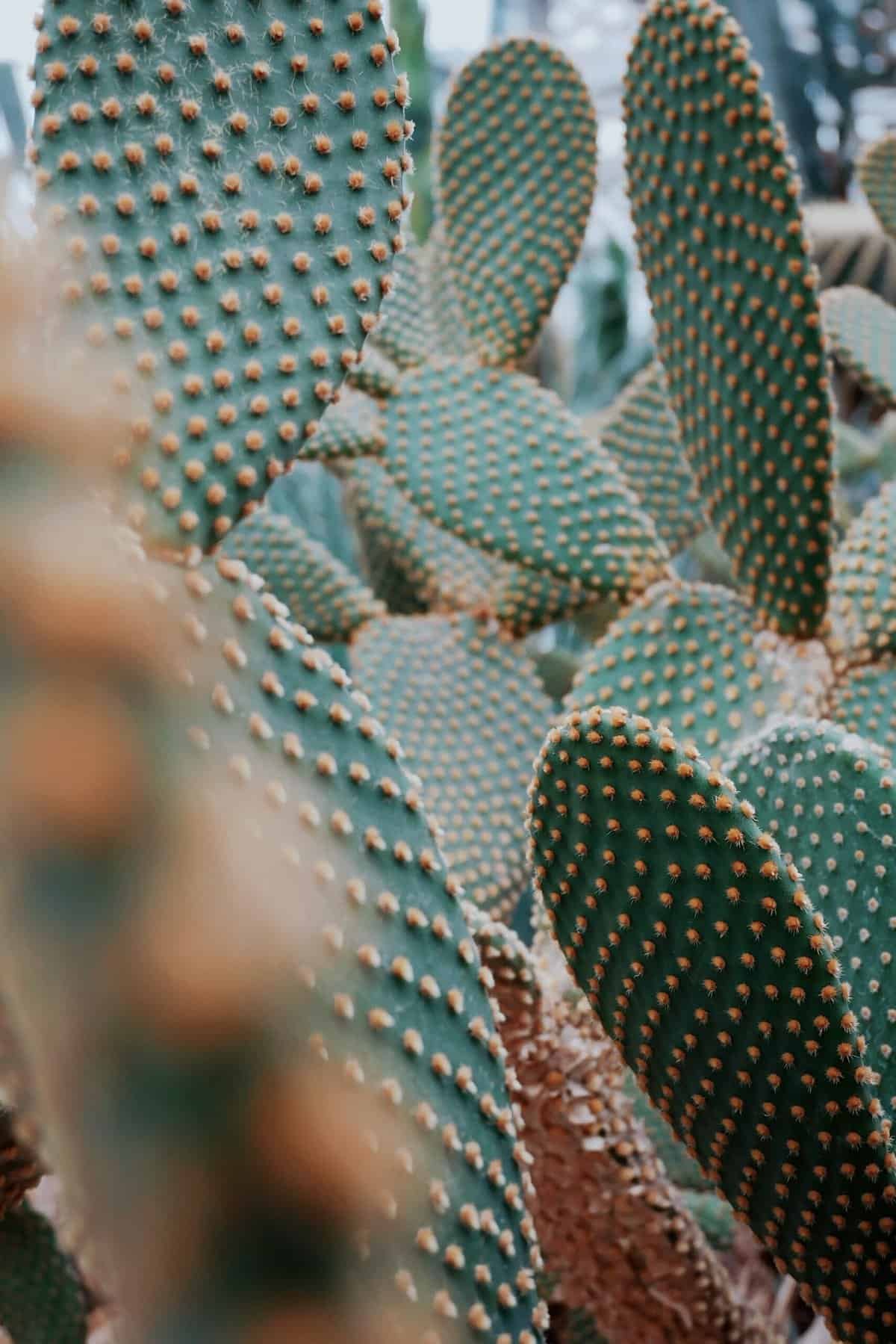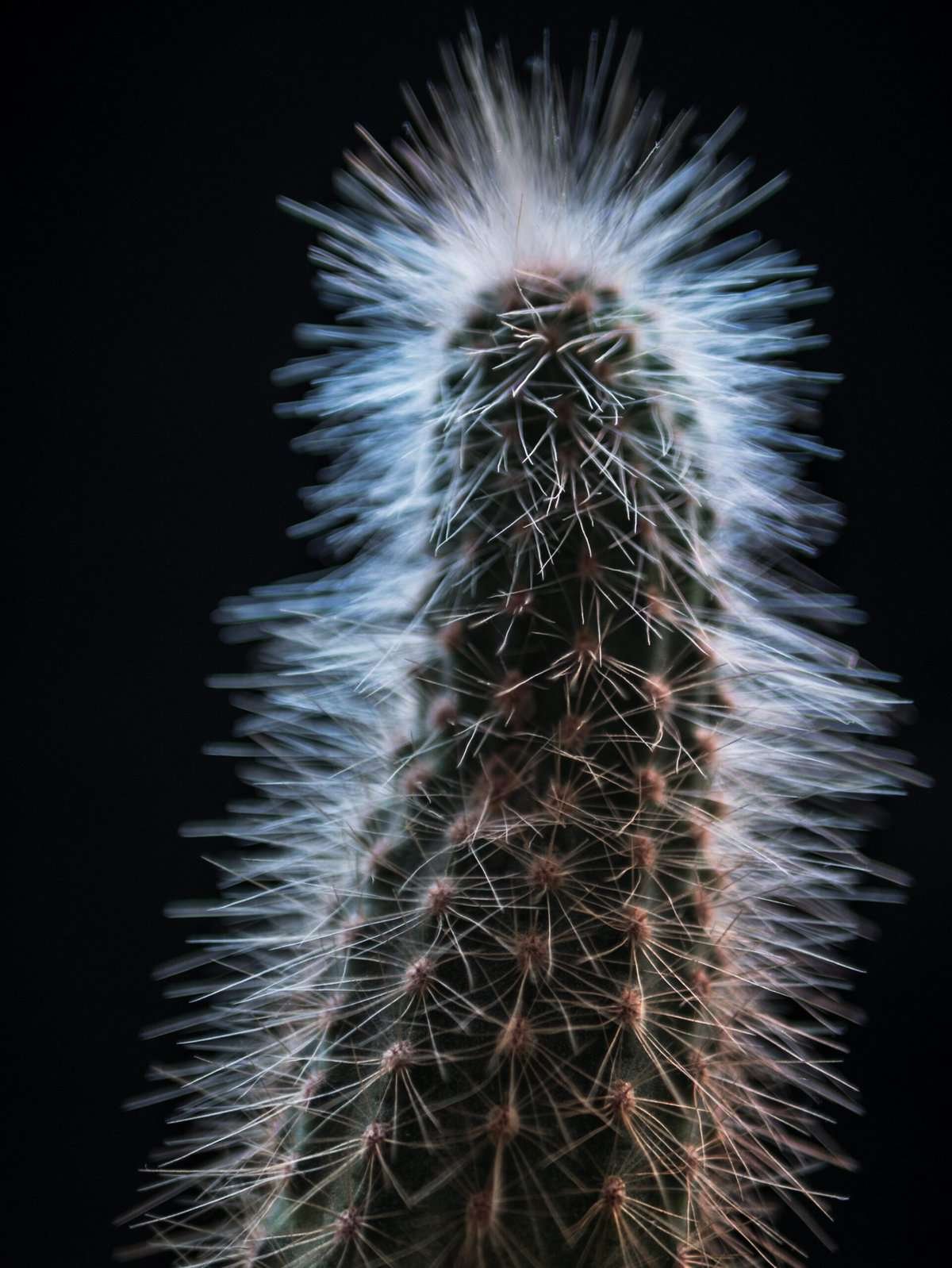If you notice that your nopal pads have turned yellow, don’t panic! It’s a common issue that can be easily addressed. Yellowing in nopal pads can be a result of various factors such as overwatering, nutrient deficiencies, or even pests. The good news is that there are simple steps you can take to revive your nopal plants and bring back their vibrant green color. In this article, we will explore different solutions and techniques to help you troubleshoot and restore your yellowing nopal pads. So, grab your gardening gloves and let’s get started!

Understanding Yellowing in Nopal Pads
Nopal pads, also known as prickly pear pads or nopales, are a popular and versatile ingredient in Mexican cuisine. These flat, paddle-shaped succulent stems are not only delicious but also known for their nutritional value. However, it can be concerning when your nopal pads start to turn yellow. In this article, we will explore the causes of yellowing in nopal pads, its effects on the plant’s health, and how to identify this issue.
Causes of Yellowing
There are several potential factors that can cause yellowing in nopal pads. Understanding these causes is crucial in diagnosing the issue and implementing the appropriate solutions. One common cause of yellowing is excessive sunlight exposure. Nopal pads thrive in bright light, but too much direct sunlight can lead to sunburn, causing them to turn yellow.
Another factor to consider is temperature and weather conditions. Nopal pads prefer warm climates but are susceptible to damage from extreme heat or cold. Freezing temperatures in particular can cause the pads to yellow and eventually die. Poor watering and drainage practices can also contribute to yellowing. Overwatering or inadequate drainage can lead to root rot, resulting in yellow and wilted nopal pads.
Effects of Yellowing on Nopal Health
When nopal pads turn yellow, it is often a sign of underlying health issues. Yellowing can indicate stress or damage to the plant, affecting its overall vitality and growth. If left untreated, these issues can spread, leading to further damage or even the death of the plant. Recognizing the signs of yellowing and taking prompt action can help prevent further deterioration and promote the plant’s recovery.
Identifying Yellowing in Nopal Pads
Spotting yellowing in nopal pads is relatively easy, as it is a stark contrast to their usual vibrant green color. Take a close look at the pads and observe any discoloration or yellow patches. Yellowing typically starts from the edges of the pads and gradually spreads towards the center. In some cases, the entire pad may turn yellow. It’s important to note that yellowing can also be accompanied by other symptoms, such as wilting or shriveling.

Assessing Environmental Factors
To address yellowing in nopal pads, it is essential to assess and adjust the environmental factors affecting the plant’s health. By understanding the impact of sunlight exposure, temperature and weather conditions, as well as watering and drainage practices, you can create a more favorable growing environment for your nopal pads.
Sunlight Exposure
While nopal pads require ample sunlight to thrive, excessive exposure can result in yellowing. If you notice sunburn on your pads, consider providing them with partial shade during the hottest part of the day. This can be achieved by placing a shade cloth or moving the plant to a spot with less direct sunlight. Gradually reintroduce the pads to more sunlight over time to allow them to adjust without experiencing further damage.
Temperature and Weather Conditions
Extreme temperature fluctuations can be detrimental to nopal pads’ health, causing them to turn yellow. Protect your plants from freezing temperatures by covering them with a frost cloth or bringing them indoors during cold spells. During periods of intense heat, ensure adequate airflow and consider misting the pads with water to cool them down.
Watering and Drainage
Proper watering and drainage play a significant role in preventing yellowing in nopal pads. Avoid overwatering, as this can lead to root rot and yellowed pads. Allow the soil to dry out partially between waterings, ensuring that excess water drains away. Consider using well-draining soil or amending the soil with perlite to improve drainage. Regularly check the moisture level of the soil by inserting your finger about an inch deep – if it feels dry, it’s time to water your nopal pads.
Necessary Care and Maintenance
In addition to addressing environmental factors, providing proper care and maintenance for your nopal pads is crucial for their overall health and preventing yellowing. Regular inspections for pests and diseases, improving soil quality, employing appropriate watering techniques, and fertilizing can all contribute to vibrant, green pads.
Inspecting for Pests and Diseases
Pests and diseases can weaken the health of nopal pads, leading to yellowing and other symptoms. Regularly examine the pads, both the top and underside, for signs of infestation or damage. Common pests to watch out for include aphids, mealybugs, and spider mites. If you spot any pests, use organic pest control methods or consult with a professional to address the issue promptly.
Improving Soil Quality
Healthy soil is essential for the growth and vitality of nopal pads. Conduct a soil test to determine its nutrient composition and pH levels. If necessary, amend the soil with organic matter, such as compost or well-rotted manure, to improve its structure and fertility. This will help provide the essential nutrients needed for vibrant, green pads.
Watering Techniques
Proper watering techniques are crucial in maintaining the health of nopal pads. Avoid overhead watering, as it can promote the growth of fungal diseases. Instead, water the base of the plants directly, ensuring thorough penetration into the soil. Consider using a drip irrigation system or a watering can with a narrow spout to deliver water precisely to the root zone.
Fertilizing Nopal Pads
To promote healthy growth and prevent yellowing, fertilize your nopal pads appropriately. Choose a balanced organic fertilizer and follow the manufacturer’s instructions for application rates and frequency. Generally, it is advisable to fertilize nopal pads during their active growing season, typically spring and summer. Be cautious not to over-fertilize, as this can lead to nutrient imbalances and potential yellowing of the pads.

Remedies for Yellowed Nopal Pads
If your nopal pads have already turned yellow, there are several steps you can take to remedy the situation and encourage healthy growth.
Trimming Yellowed Pads
To prevent further spread of diseases or damage, meticulously trim the yellowed pads using clean and sharp pruning shears. Make sure to cut below the discolored area, targeting healthy green portions of the pads. Dispose of the trimmed pads properly to prevent disease transmission or infestation.
Promoting Healthy Growth
After removing the yellowed pads, focus on promoting healthy growth by following the necessary care and maintenance practices mentioned earlier. Address any environmental factors that might have contributed to yellowing and provide optimal growing conditions for the remaining pads.
Addressing Nutrient Deficiencies
Yellowing can sometimes indicate nutrient deficiencies in nopal pads. Conduct a soil test or consult with a horticulturist to identify any specific deficiencies and adjust your fertilization regime accordingly. Adding organic amendments, such as compost or organic fertilizers tailored to correct deficiencies, can help restore the required nutrients and promote greener pads.
Treating Pest Infestations
If pests are the cause of yellowing, employ appropriate pest management techniques to eliminate the infestation. Organic pest control methods, such as insecticidal soaps or neem oil, can be effective in eradicating common pests like aphids or mealybugs. Regularly monitor your plants and take proactive measures to prevent future infestations.
Preventing Disease Spread
If yellowing is due to a disease, it’s crucial to prevent its spread to unaffected pads. Ensure good sanitation practices by cleaning your tools after each use and avoid overwatering, which can create conditions conducive to fungal diseases. Consider applying organic fungicides or seeking professional advice if the disease persists or worsens.
Harvesting and Storage Tips
Knowing the right time to harvest and proper storage methods are essential to maintain the quality and freshness of your nopal pads.
When to Harvest Nopal Pads
Nopal pads can be harvested when they reach a desirable size, typically around 6 to 8 inches in length. Carefully cut the pads using a clean and sharp knife, ensuring not to damage the plant. Harvesting in the early morning when temperatures are cooler can help preserve the pads’ quality and minimize wiltiness.
Storing Nopal Pads Properly
To store harvested nopal pads, wrap them individually in paper towels or place them in a perforated plastic bag to allow for airflow. Store them in the refrigerator for up to two weeks. Before use, rinse the pads under cold water to remove any debris or excess moisture.
Frequently Asked Questions
Are yellowed nopal pads still safe to eat?
While yellowed nopal pads are safe to eat, it is advisable to trim off the yellowed portions before consumption. The yellow color may indicate decreased nutritional value or compromised taste and texture, so it’s best to remove them.
Can nopal pads recover from yellowing?
Yes, with proper care and attention, nopal pads can recover from yellowing. By addressing the underlying causes, providing optimal growing conditions, and following the necessary care and maintenance practices, you can encourage healthy regrowth and restore the vibrant green color of your plants.
How long does it take for nopal pads to turn yellow?
The time it takes for nopal pads to turn yellow can vary depending on the underlying causes. However, if the conditions that contribute to yellowing persist, it typically takes a few weeks for the pads to show noticeable discoloration.
Can overwatering cause nopal pads to turn yellow?
Yes, overwatering can lead to yellowing in nopal pads. When the roots are constantly soaked in excess moisture, it can result in root rot and hinder the plant’s ability to uptake nutrients properly. This can manifest as yellowing, wilting, and overall decline in nopal health.
Is it normal for older nopal pads to turn yellow?
Yes, it is normal for older nopal pads to turn yellow as they age. As part of their natural life cycle, older pads gradually turn yellow and eventually dry out and wither. This is a natural process, and it’s important to focus on promoting healthy growth in newer pads.
Preventing Yellowing in Nopal Pads
Prevention is key to maintaining the vibrant green color of nopal pads and preventing yellowing altogether. By following a few essential practices, you can create optimal conditions for your plants.
Proper Nopal Planting
When planting nopal pads, ensure proper spacing between plants to allow for adequate air circulation and prevent overcrowding. Choose a well-draining location with ample sunlight, and prepare the soil by incorporating organic matter to improve its fertility and structure.
Regular Monitoring and Maintenance
Frequently inspect your nopal pads for any signs of stress, pests, or diseases. Regularly remove any dead or yellowed pads and adjust your care practices accordingly. Pay attention to changes in environmental conditions and make necessary adjustments to ensure optimal growth.
Providing Adequate Nutrients
Nopal pads require a balanced supply of nutrients to stay healthy and green. Incorporate organic fertilizers or compost during planting, and continue to fertilize at regular intervals during the growing season. Conduct periodic soil tests to monitor nutrient levels and adjust your fertilization regimen as needed.
Ensuring Optimal Environmental Conditions
Maintaining optimal environmental conditions is crucial in preventing yellowing. Provide your nopal pads with the right amount of sunlight, protect them from extreme temperatures, and practice proper watering and drainage techniques. By creating a favorable environment, you can help your nopal pads thrive and avoid the issue of yellowing.
Conclusion
Yellowing in nopal pads can be concerning, but with the right understanding and proper care, you can address this issue and maintain healthy and vibrant plants. By identifying the causes of yellowing, assessing environmental factors, providing necessary care and remedies, and following preventive measures, you can enjoy the beauty and culinary delights of your nopal pads for years to come. Remember to always inspect your plants, address any issues promptly, and enjoy the process of nurturing your nopal garden.

